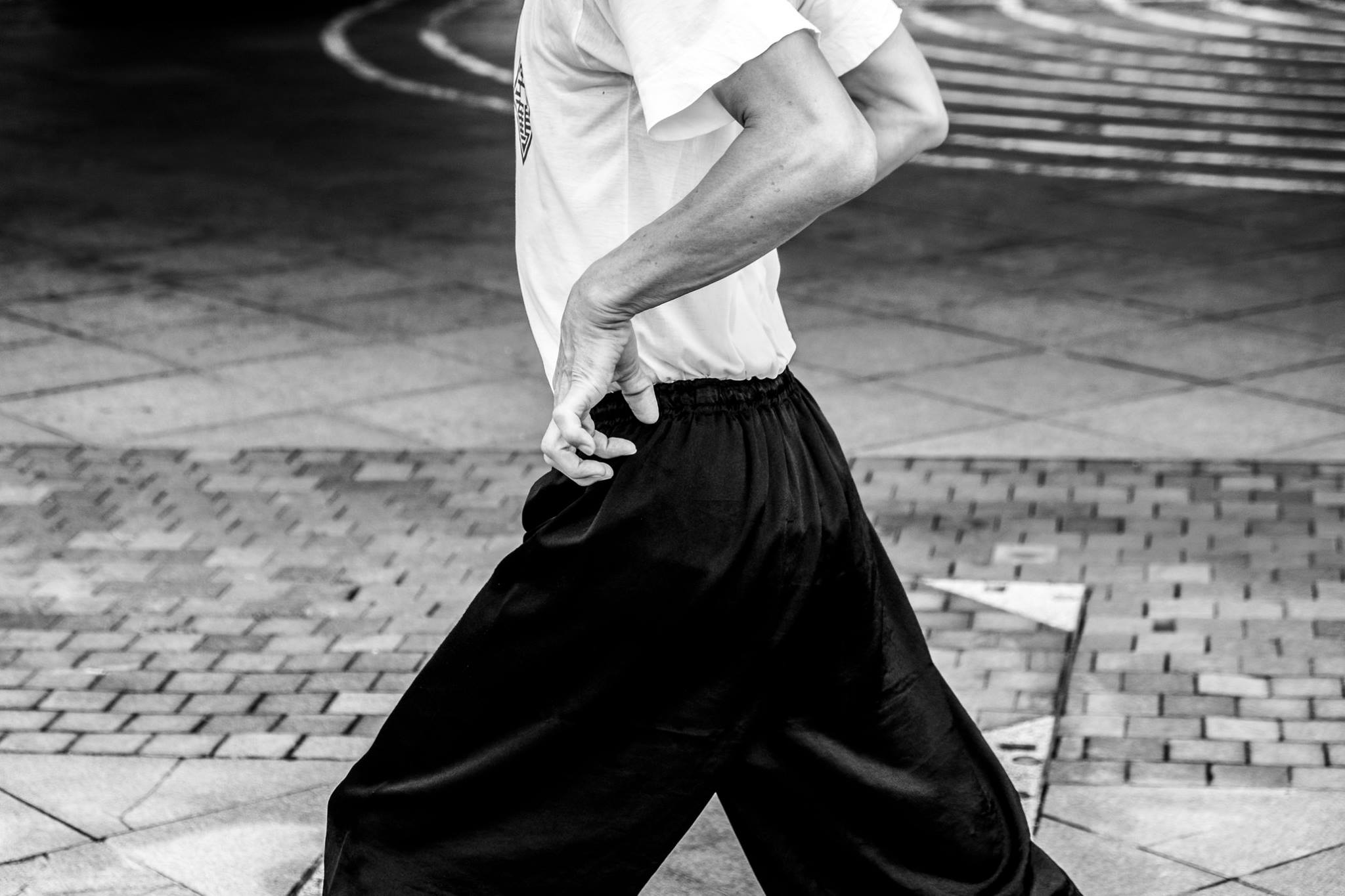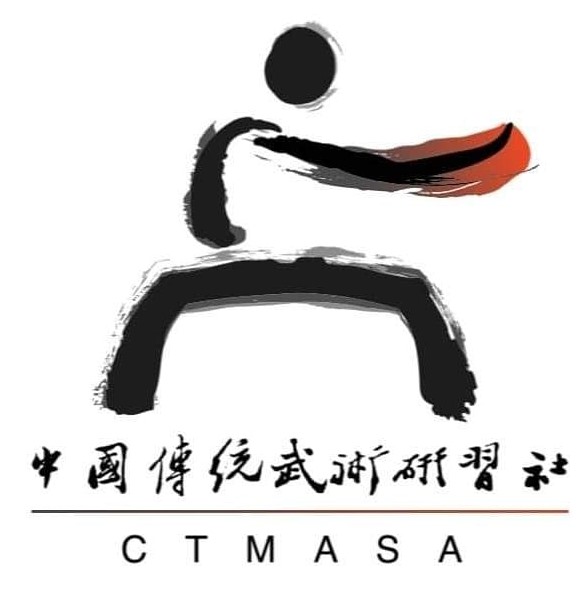
ABOUT HUNG GAR
Chinese Intangible Cultural Heritage
In the modern era, Hung Gar was developed in the Southern Chinese city of Fatshan, also known as Foshan. According to its creation myth, the art was developed in a long age destroyed Southern Shaolin Temple. The verifiable historical record begins in the late 1800s, and centres around the extended kung fu family of Grandmaster Wong Fei-hung. He is unquestionably the key figure in the development and propagation of Hung Gar in the 20th century. Wong was taught the art by both his father, Wong Kay-ying, and by his father’s teacher, Luk Ah-choy. It was at Wong Fei-hung’s kung fu school, Po Chi Lam, that his most famous student, Lam Sai-wing, trained.
Grandmaster Lam later relocated to Hong Kong, and established Hung Gar in that city. Thanks to his nephew and adopted son, Grandmaster Lam Cho, that branch of the art still prospers to this day. There are other branches of the style extant, but almost all trace their lineage back to the great Wong Fei-hung.
As it is taught within the CTMASA structure, Hung Gar Kuen is a mind, body and spirit practice that can benefit any practitioner of any age, sex and physical type. It is also a priceless living record of a valuable aspect of Southern Chinese culture.
Most importantly, training in Hung Gar Kuen is fun, and it is rewarding to become part of our extended community, the gar/family of Hung Gar!
